

The Walbrook is one of the shortest of London's hidden rivers, at just over 2 miles. It is also one of the earliest to be culverted, parts of it being covered as early as 1440. But it set the history of the City of London and there are plenty of places of interest along its length. I was combining this walk with a visit to Daffodil Day at Methodist Central Hall so doing one of the shorter walks fitted well with this.
For the Walbrook I used a detailed walk from Walks Past.
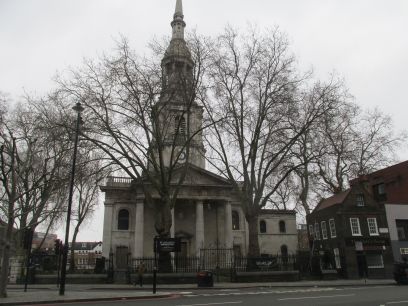
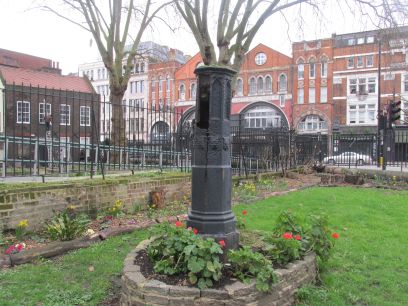
Being a Saturday there was engineering work on the trains and my train was diverted via Weybridge adding a little extra to the journey time. From Waterloo I took the underground and then overground to Streatham High Street. The source of the Walbrook is somewhat uncertain but is thought to be near St Leonard's church in Streatham and is marked with a water pump within the churchyard installed in 1832 above a spring. The guide shows it painted blue but it is now black. Opposite the church is Old Street, itself a very old thoroughfare dating from around 1200. St Leonard's is the church referred to in Oranges and Lemons as 'when I grow rich said the bells of Shoreditch'.
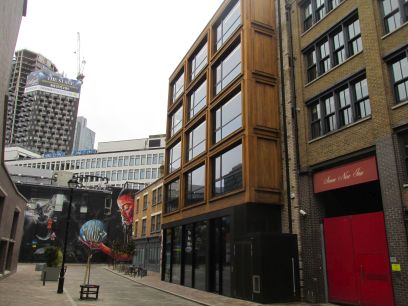
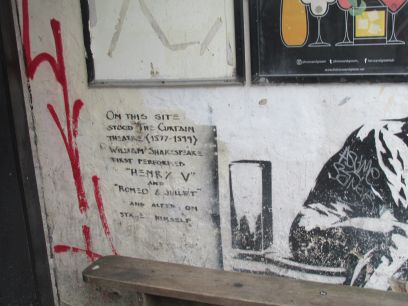
The route follows down from the church into an old part of Streatham which has many Shakespeare associations. First The Theatre, England's first purpose built theatre. On the site now is 'The Box Office' which is a permanent exhibition to the theatre. But an ominous notice outside said it was currently closed due to the Covid pandemic. Further on in Curtain Road is the Curtain Theatre opened in 1577 as the enscription on the side of a pub shows. Nearby is 'The Stage', a mixed use development of flats and offices to have an exhibition about the original theatre, still in development. The road layout was a bit confusing here and I missed the two plaques on the side of the Foxton's estate agent celebrating the nearby Priory and The Theatre.
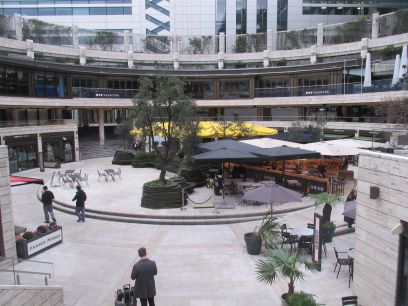
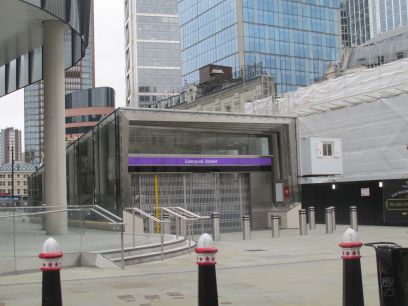
Having got lost for a while I soon got back on Curtain Road which worked its way along the route of the river and past Liverpool Street Station. This whole area is a mass of redevelopment and it bore little resemblence to the map I had. Broadgate Circle is a modern development, the entrance to the new Elizabeth line maybe indicates it still has some way before opening. The area round here was the site of the Bethlam Hospital in 1247 which soon became one for dealing with mental health. It became known as 'Bedlam' which maybe is an appropriate description to how the area looks now.
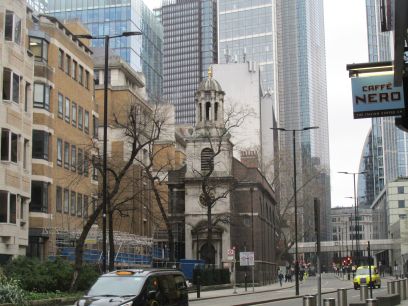
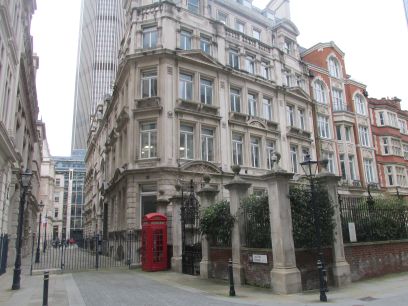
The route now crosses London Wall. The original wall was built over the river here. The church of All Hallows on the Wall marks the point where it crossed. Then through a private area with big gates, some closed at weekends. In here is Austin Friars, once the home of Thomas Cromwell.
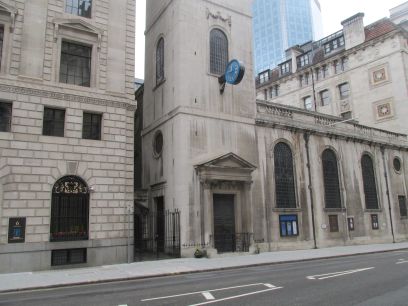
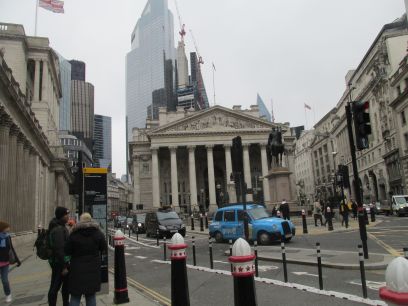
The Church of St Margaret Lothbury is passed. The original church was by the river but when it was rebuilt in 1440 the river had already been covered and it was built on top. Here also is the Bank of England. The Walbrook flows under both of them. Then into the heart of the city by the Royal Exchange and the Mansion House. Cornhill is to the east and Ludgate Hill with St Pauls to the west, originally the Walbrook flowed between these. I always get a bit confused with the streets around here and it took a little while to find the relatively small Walbrook road, aptly named.
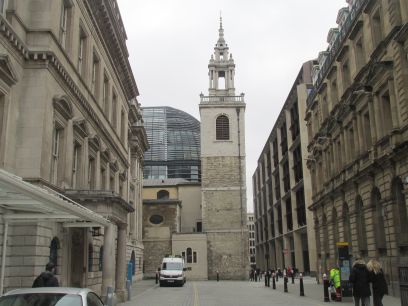
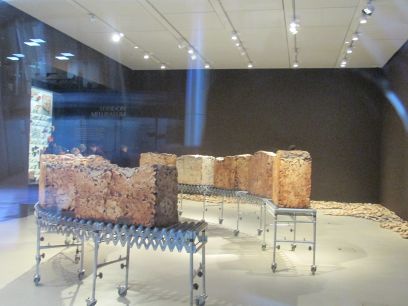
St Stephen's Walbrook was designed by Sir Christopher Wren after the original, dating back to 700AD was destroyed in the Fire of London. A former rector Dr Chad Varah founded the Samaritans in 1953. Further down is the London Mithraeum. Recent excavation work for the new buildings on this site uncovered the remains of the Temple of Mithras. Most of the recovered relics are in the Museum of London but some are on display within the museum built at the original location. Free to enter but has to be pre-booked and I had no time today.
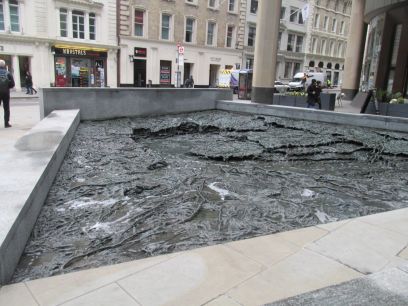
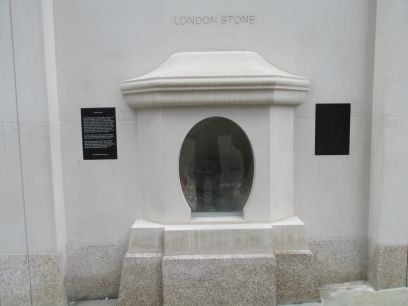
Continuing down to Cannon Street station there is an art installation by Cristina Inglesias 'Forgotten Streams' which evokes the hidden waters of the Walbrook. Then into Cannon Street itself where the original London Stone is displayed near its original location.
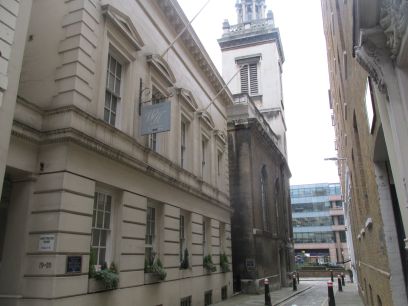
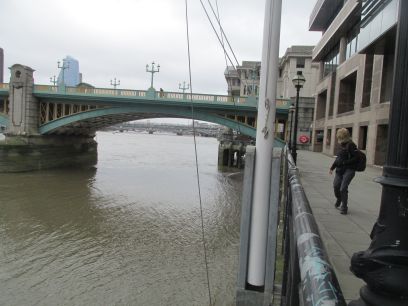
In College Hill are two plaques remembering Dick Whittington, on his house and the adjacent Church of St Michael Paternoster, now the headquarters of the Mission to Seafarers and where Whittington is buried. Then across Upper Thames Street and down to the river where at low tide a lidded hole can be seen where the Walbrook emerges at its end.
That was the end of the walk. I was planning to grab a sandwich at Cannon Street station before heading to my next destination but the only eating outlet there was a pub so headed straight on the tube to Methodist Central Hall in Westminster and had a toastie in their cafe. Then a lovely two hours at Daffodil Day there with a well packed hall. Daffodil Day was not held last year and it was good to be back there this year. Afterwards I went to Covent Garden where I had a meal in a very busy pub in the heart of London before going back to Waterloo and home after a very pleasant day.